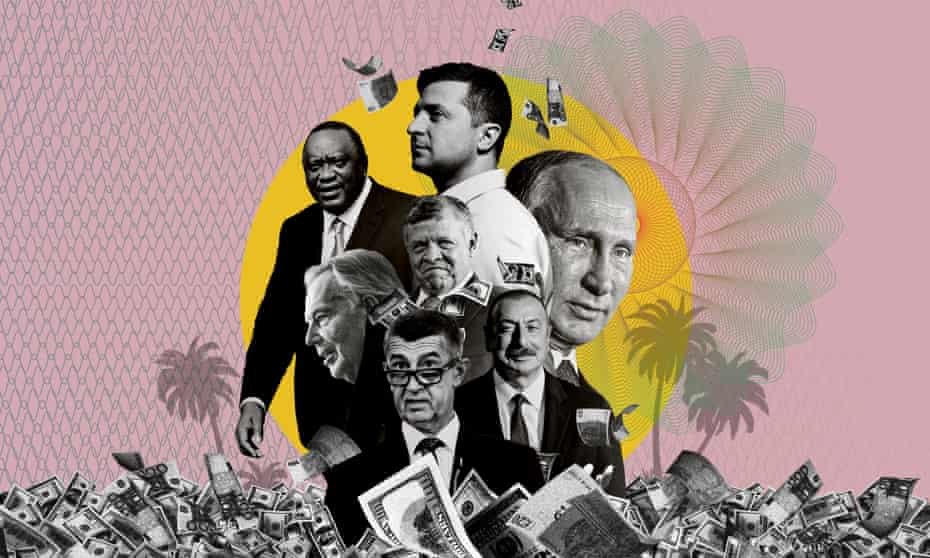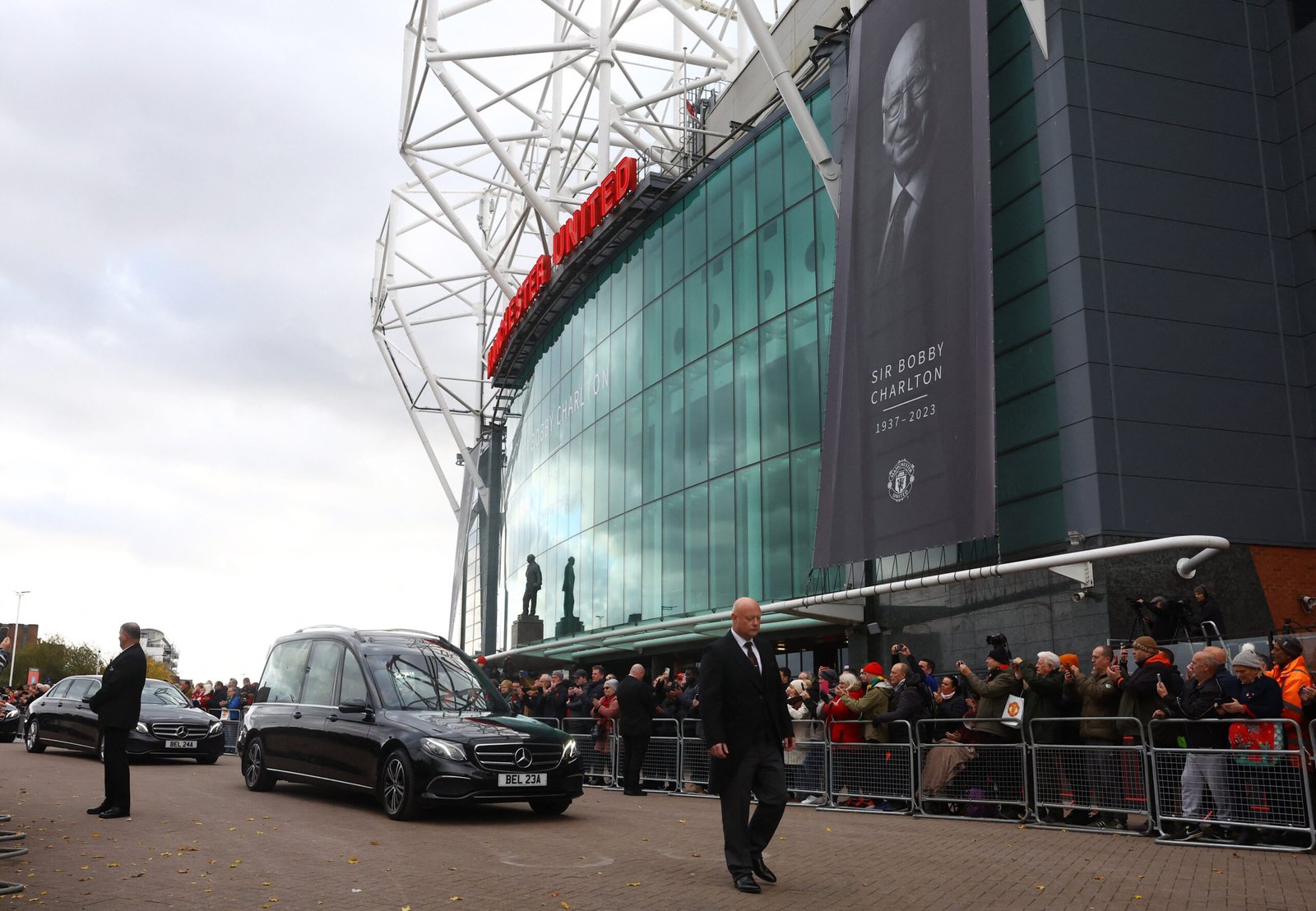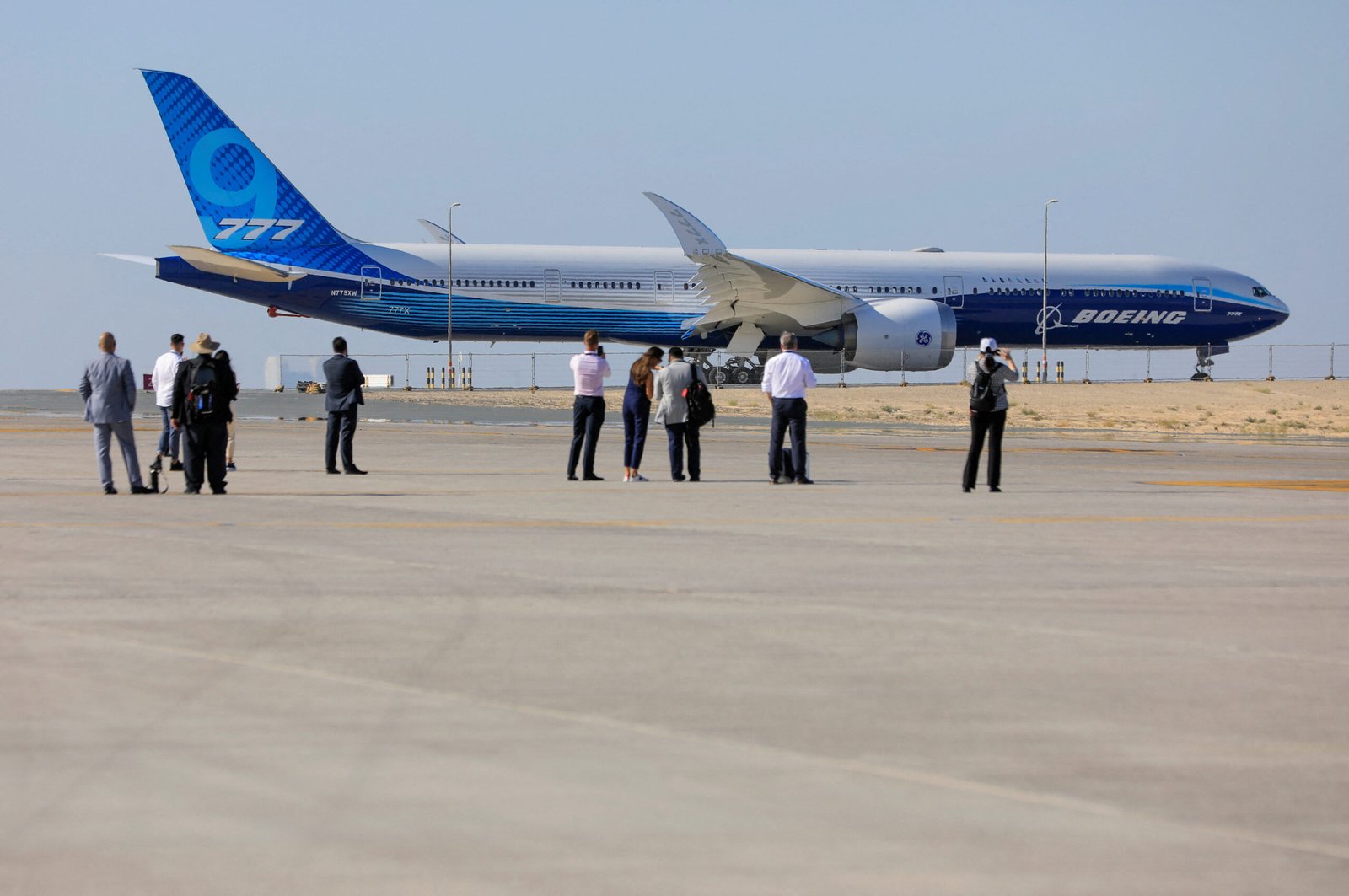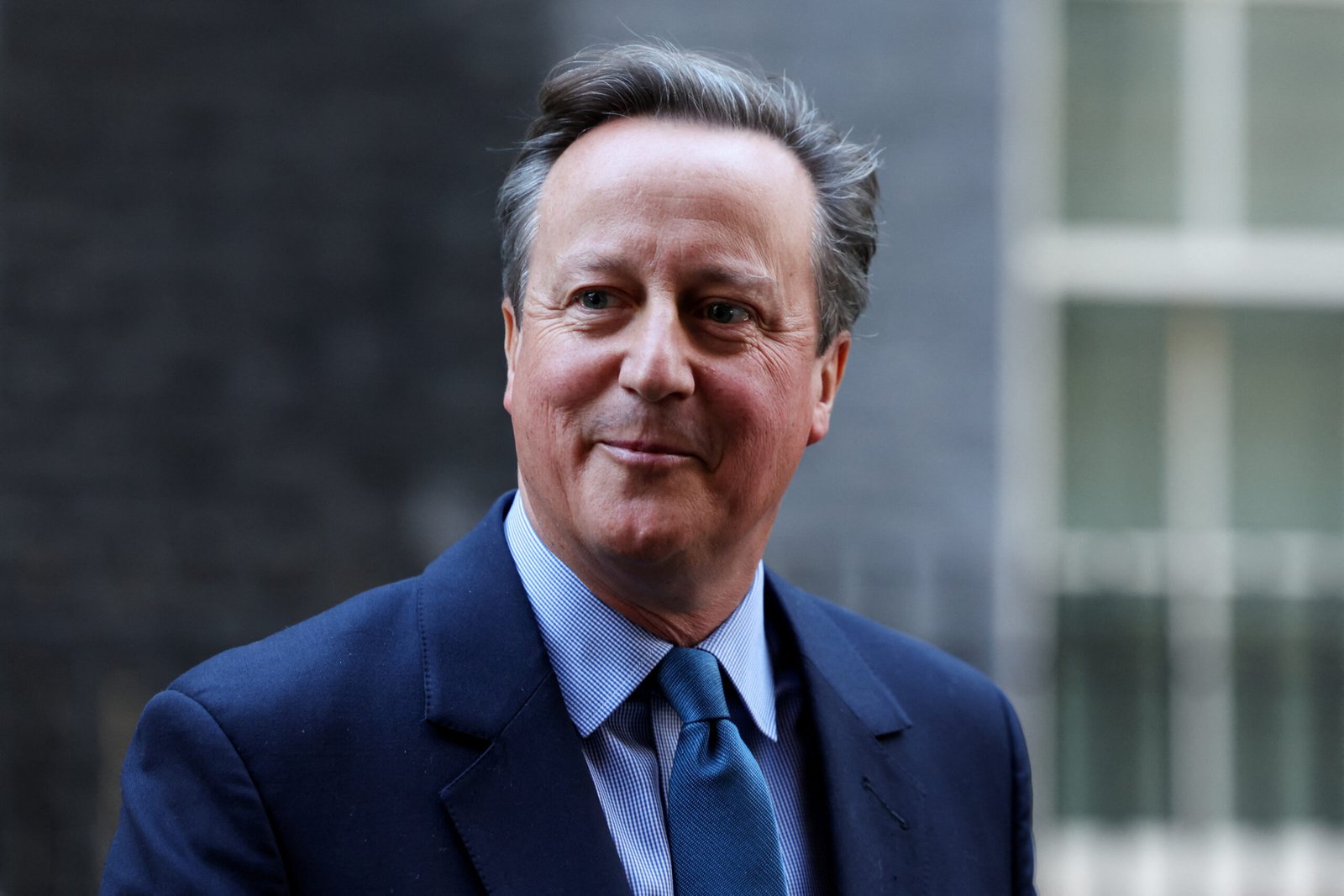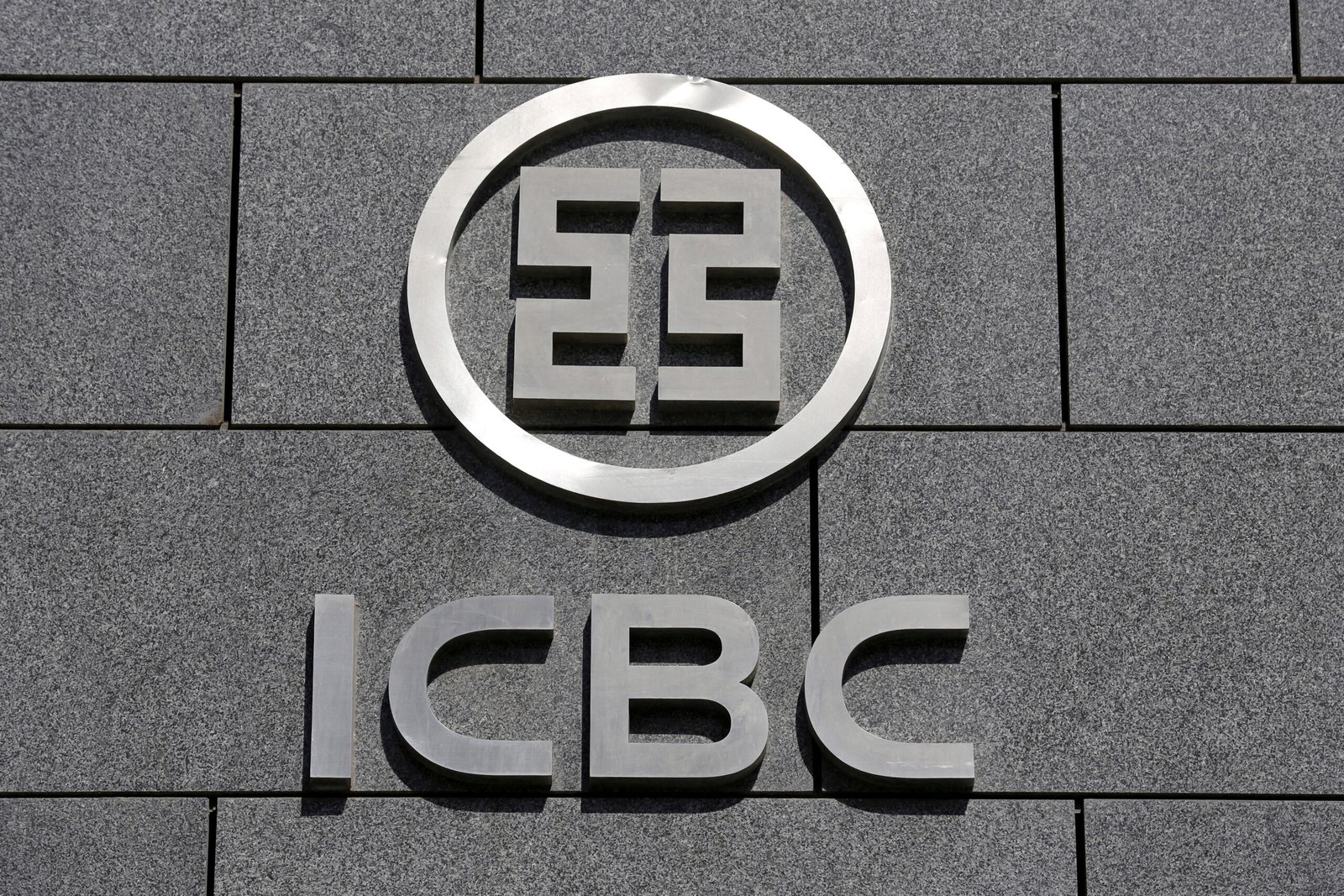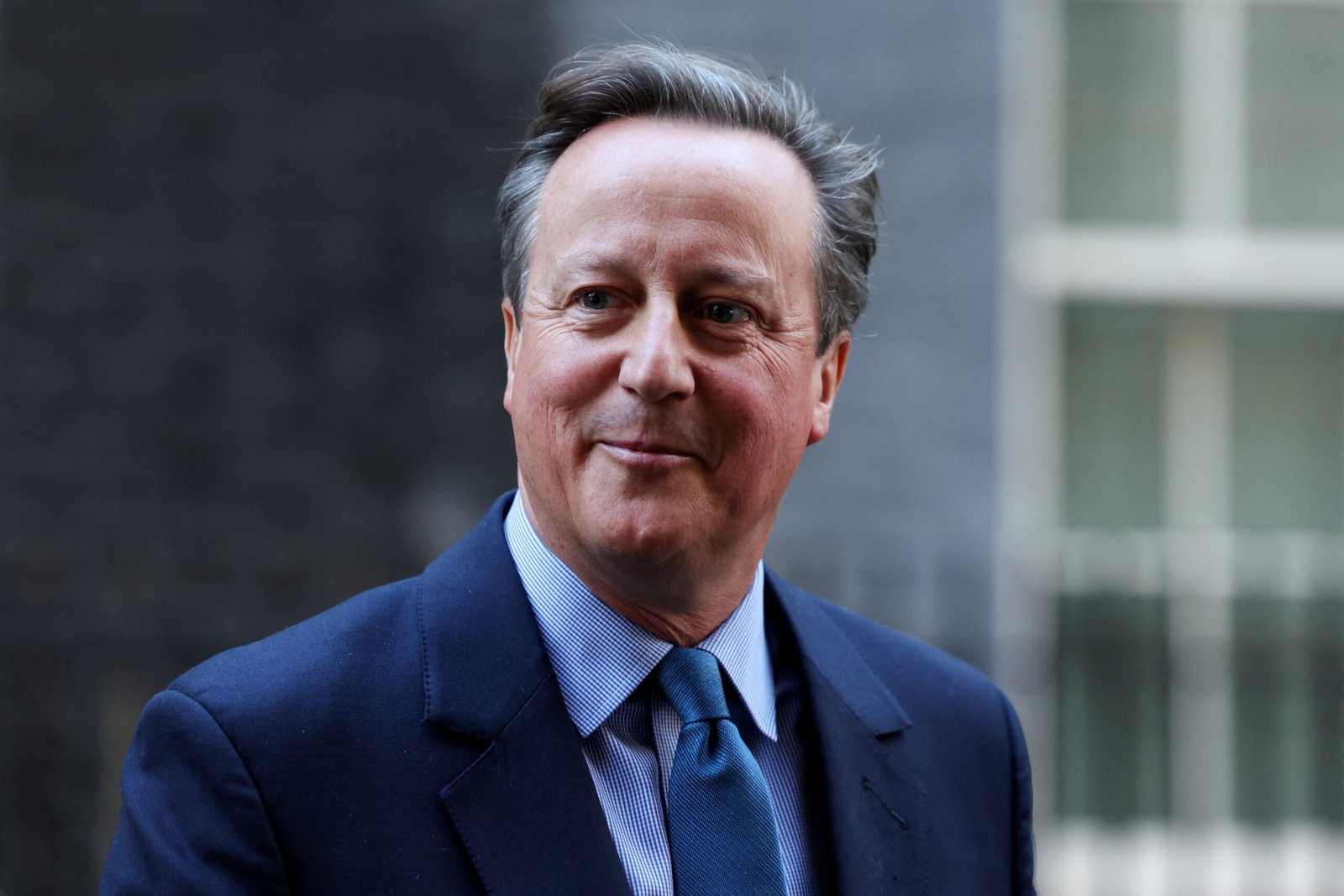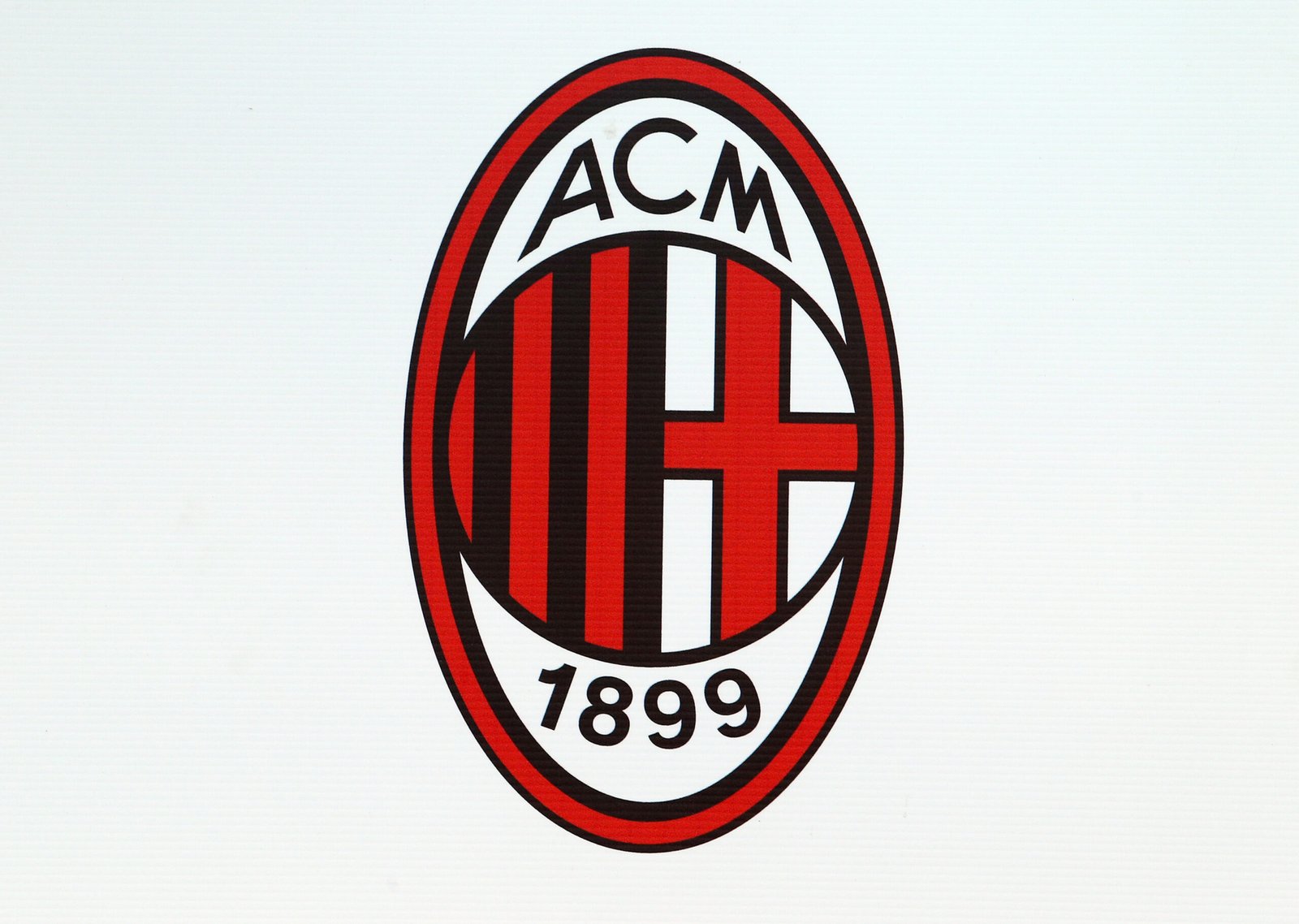Exactly, 40 years ago today the Soviet invaded Afghanistan on December 27, 1979, in an engagement that dragged to a decade.
Russian commandos, who were disguised in the uniforms of Afghan forces, came out of their hideouts in Afghanistan. They surrounded many significant state buildings of Kabul, including the presidential palace, where they assassinated the President, Hafiz Ullah Amin.
In a few seconds, the Afghan government fell like it never existed.
Within hours, the Kabul Radio broadcasted that the communist party leader, Babrak Karmal, would be heading the new Afghan government. It was also explained that the military operation was undertaken to oblige him.
The following day of this table-turn, the number of Russian forces in Afghanistan increased to 30000. The Soviet Union had initially planned to wrap its Afghan expedition within a few months. However, when the last detachments of the Soviet soldiers were returning to the Soviet Union on February 15, 1989, the lapse of time had stretched to nine years and two months.
It was the time when the world’s second superpower was breathing its last sighs.
Why Russian Forces Invaded Afghanistan?
At that time, the majority of the experts believed that the Soviet invaded Afghanistan to reach the warm waters. It was universally perceived that the next Russian target, after Afghanistan, would be Pakistan.
General Zia’s declaration of Jihad against the “infidels,” was a logical reaction to that widespread belief.
To answer why the Soviet Union attacked Afghanistan, let’s go back to history.
Until 1973, Afghanistan was a kingdom, that Muhammad Zahir Shah had been ruling for forty years. The continuity was interrupted when the ailing king went abroad for treatment. His cousin, Dawood Khan, was behind the revolution against Zahir Shah.
Dawood Khan was the former prime minister of Afghanistan and a serving lieutenant general when he brought down the King. There was no opposition to the revolution for two main reasons. First, the revolutionary was himself very resourceful. Secondly, the king was not loved in his country.
Instead of assuming a royal designation, Dawood Khan preferred a democratic course by becoming the president.
He remained as president for four years until April 1978, when the Communist Party (PDPA) brought down the Dawood government with the Soviet backing. Dawood’s family, including himself, all were killed.
However, it was a fool’s dream to inculcate communism in Afghanistan that had been living in the medieval ages in the 1970s. It miserably failed, and the country-wide protests ensued.
Soon, a National Salvation Front movement was formed whose aim was to eradicate the communist regime in Afghanistan.
Meanwhile, in Pakistan, General Zia was aiding the religious elements within the Afghan movement against the communists. Zia had been patronizing Gulbadin Hikmatyar, who was running Hizb e Islami.
In those times, Islam was used to inciting the Muslim fighters against “irreconcilable” communist ideology. Soon, the religious propaganda overcame the political ideology, reducing the communist regime’s writ within a few cities besides Kabul.
Russians had been observing this closely. The Soviet intelligence agency had deep roots in Afghanistan.
The Soviet Union did not want the dissolution of the communist regime in Afghanistan. For it would have weakened the Soviet-exported ideology of communism in countries like southern Yemen, Angola, and Ethiopia. It was the war of ego now!
The second major concern of the Soviets was the Islamic revolution, as Iran had recently witnessed in 1979. Also, General Zia in Pakistan had already worn a religious cloak, promising to bring the Islamic Sharia laws.
The Russians were concerned that if the communist regime of Afghanistan fell, it could be replaced with the Islamic fundamentalists. Any such situations could be devastating for the Soviet cause, as it could lead to a boiling point in the Muslim majority states of the Soviet Union.
The historical analysis suggests that the Soviet invasion of Afghanistan was not an expansionist plan. Instead, it was a desperate effort to defend a dying political ideology.
Related: The US Intends to withdraw 4000 troops from Afghanistan





